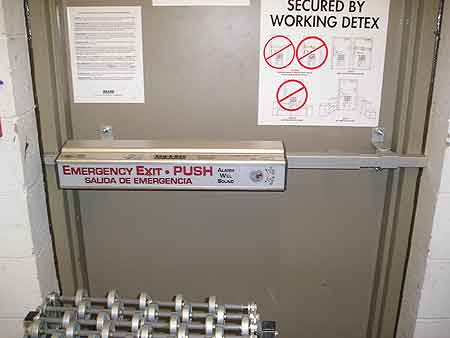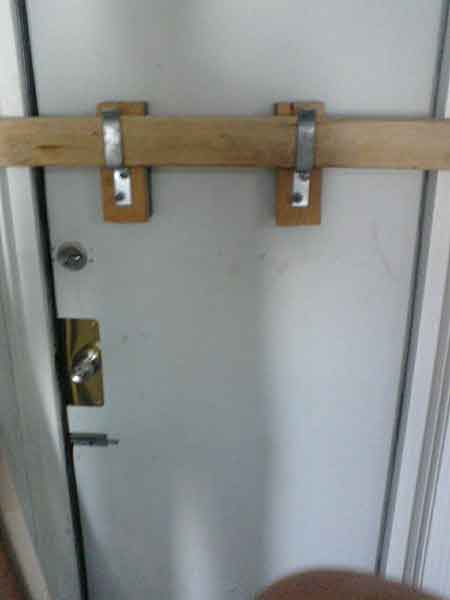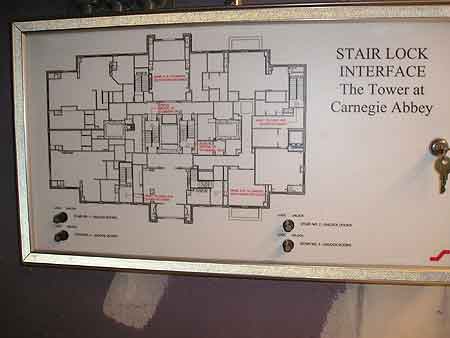Article and photos by David DeStefano
Most firefighters are aware of the zone where an area of wildland meets an area developed and inhabited by people. Wildland/urban interface challenges for mitigation are widely recognized and employed in appropriate locations.
However, a zone that receives little official attention or recognition exists in many communities throughout the country. The suburban/urban interface has crept up and caught many in the American fire service unaware. The semi-rural and suburban surroundings of many communities are slowly changing to an environment that presents different challenges than the local fire department may be expecting. Firefighters may experience not only an increased volume of incidents, but a widening variety of problems to mitigate. These zones are areas of transition where the tactics, apparatus, personnel, and deployment models of a decade past may be sorely in need of revision.
The first to feel the winds of change are generally company-level firefighters. They work the district day and night, and may find themselves exposed to new challenges. Larger buildings with more complex building systems as well as high-rise construction featuring large numbers of occupants may now stand on land that was undeveloped only a few years prior. These occupancies generate increased fire and emergency medical call volume as well as presenting unique fire scenarios much different than single-family or small multi-dwellings.
Engine company members may need to make more complicated hose stretches as they respond to more fires in multiple dwellings or commercial buildings, as opposed to the simpler layouts of single-family residences. These fires may require more use of outside stretches from windows and balconies and often involve longer preconnects or wyed hoselines. The configuration and amount of hose carried on the apparatus may need to change to keep pace with new challenges. Firefighters may also conduct standpipe stretches on a regular basis, something done before only rarely. This will require driver/operators to be proficient with policies for pumping the fire department connection (FDC).
Members in ladder companies or others assigned truck work will also notice a change in how their functions are performed. Ventilation, forcible entry, and searches will still be conducted; however the complexity of these tasks at many incidents may begin to increase. A ladder company proficient in performing ventilation on small, wood-frame, peaked roof dwellings may find need for additional personnel and equipment to effect vertical ventilation on a large commercial occupancy, or perform a trench cut to contain fire spread in a long row of townhouse condominiums.

(1) Firefighters may encounter different forcible entry challenges when operating in the suburban/urban interface.

(2) Forcible-entry teams should be ready for heavily fortified doors that present more time-consuming operations.

(3) Companies must be prepared to manage incidents in buildings with more complex building systems and controls.
In addition, conducting searches in occupancies with open floor spaces or in large multi-dwellings requires more personnel and a different search and air management mindset than the average single-family occupancy. Incident commanders must take into consideration the resources required to conduct primary searches forthwith and the availability of medical treatment and transport for potentially larger numbers of victims.
Perhaps the most obvious sign of suburban-to-urban interface will be increased forcible entry challenges. Truck company members must learn to contend with multiple locks, rolldown doors, security gates, window bars, and generally more fortified occupancies. When conducting searches in multi-dwellings, large numbers of doors may need to be forced to gain access to apartments or hotel occupancies. Forcible entry and search teams using manual hydraulic forcible entry tools may be employed on a regular basis at these incidents.
We cannot allow ourselves to be caught flat-footed as the neighborhood outside our door evolves. The best way to safely and efficiently manage a jurisdiction transitioning into a suburban/urban interface at the company level is through constant size-up and awareness of the response area. Members must be vigilant in their observations and constantly train with the best methods to meet the challenges of a changing workload. This may mean a departure from some of the tools and tactics of the past. It may also entail bringing to the attention of those responsible for apparatus and personnel deployment that needs have changed, and resources may need to be reassigned to operate safely.
David DeStefano is a 22-year veteran of the North Providence (RI) Fire Department, where he serves as a lieutenant in Ladder Co. 1. He previously served as a lieutenant in Engine 3 and was a firefighter in Ladder 1. He teaches a variety of topics for the Rhode Island Fire Academy. He can be reached at dmd2334@cox.net.
MORE ON THE LINE

